Best plane for my Maple Butcher Top ?? Help !
Tombed
19 years ago
Related Stories
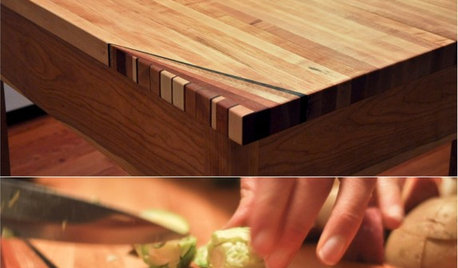
WOODWORKINGHow to Clean and Care for Your Butcher Block
Keep butcher block counters and boards looking sharp as a knife — and sanitized for safe food prep — with this advice from a pro woodworker
Full Story
KITCHEN DESIGNKey Measurements to Help You Design Your Kitchen
Get the ideal kitchen setup by understanding spatial relationships, building dimensions and work zones
Full Story
COLORPick-a-Paint Help: How to Create a Whole-House Color Palette
Don't be daunted. With these strategies, building a cohesive palette for your entire home is less difficult than it seems
Full Story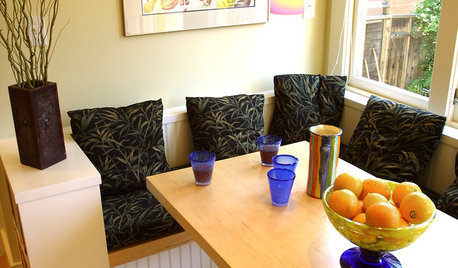
MATERIALSWoodipedia: Maple Is a Marvel Around the House
A heavy hardwood with lots of potential, maple appeals to modern sensibilities and won't break your budget
Full Story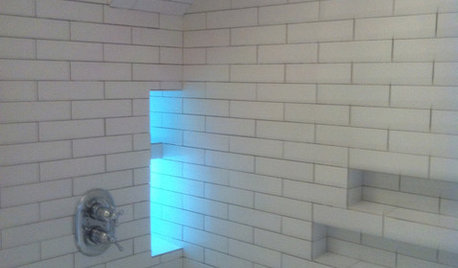
BATHROOM DESIGN10 Top Tips for Getting Bathroom Tile Right
Good planning is essential for bathroom tile that's set properly and works with the rest of your renovation. These tips help you do it right
Full Story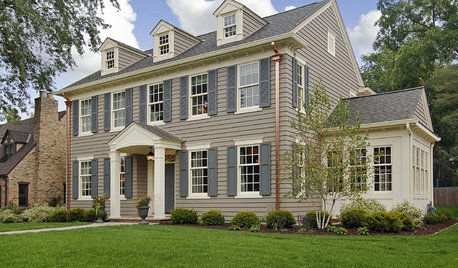
REMODELING GUIDES9 Top Siding Materials
Everyone knows brick and stucco, but what about fiber cement and metal? Learn about the options in exterior siding before you choose
Full Story
KITCHEN COUNTERTOPS10 Top Backsplashes to Pair With Soapstone Countertops
Simplify your decision-making process by checking out how these styles work with soapstone
Full Story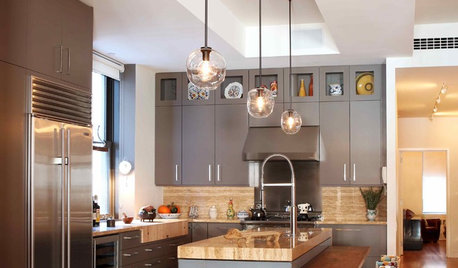
KITCHEN DESIGNReaders' Choice: The Top 20 Kitchens of 2011
Get inspired by the 20 most popular kitchens on Houzz in 2011
Full Story
MOST POPULARYour Guide to 15 Popular Kitchen Countertop Materials
Get details and costs on top counter materials to help you narrow down the choices for your kitchen
Full Story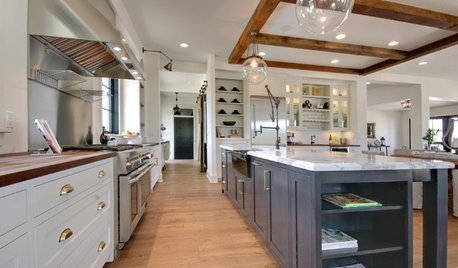
KITCHEN COUNTERTOPS10 Countertop Mashups for the Kitchen
Contrast or complement textures, tones and more by using a mix of materials for countertops and island tops
Full Story





Telephone
TombedOriginal Author
Related Discussions
Maple butcher block owners - love it or hate it??
Q
Butcher block island top -- Advice needed!!!
Q
So, what will happen to my neighbor's Sugar Maple when he tops it?
Q
Best way to stain and seal butcher block
Q
jeffers_mz
TombedOriginal Author
Jason_MI
swanz
swanz
bob_am
TombedOriginal Author
bob_am
TombedOriginal Author
chiefneil
bob_am
TombedOriginal Author
chiefneil
Jason_MI
Debbie Downer
bob_am
Jason_MI
sharon_sd
TombedOriginal Author
bob_am
TombedOriginal Author
swanz
TombedOriginal Author
chiefneil
swanz
Jason_MI
Debbie Downer
TombedOriginal Author
TombedOriginal Author
swanz
TombedOriginal Author
chiefneil
Debbie Downer
Jon1270
antioch_frank
TombedOriginal Author